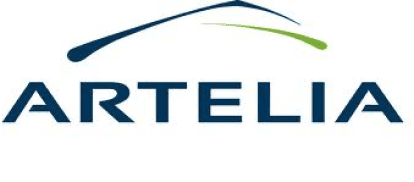Coastal threats
Protect biodiversity with our AI mapping model: optimized environmental monitoring and natural heritage management
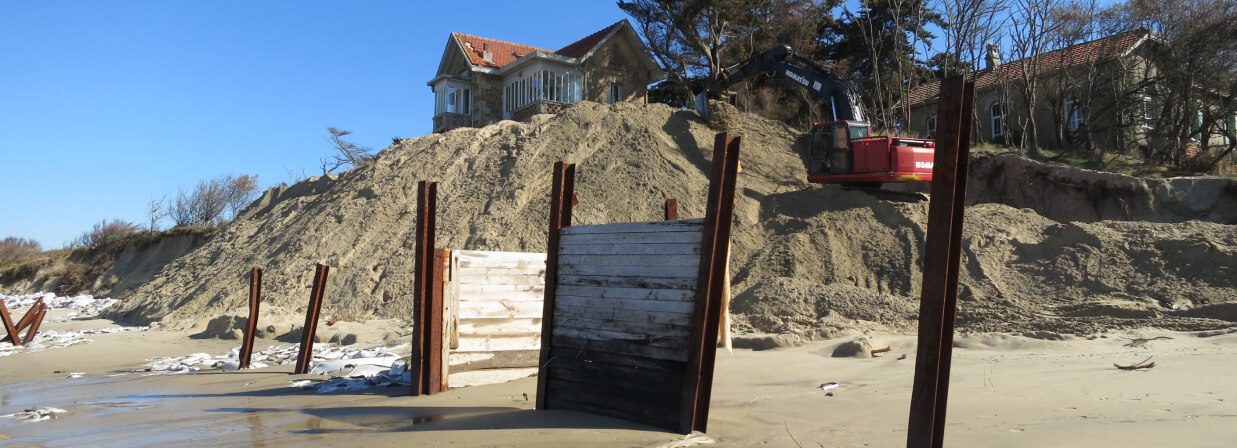
Protect biodiversity with our AI mapping model: optimized environmental monitoring and natural heritage management

Coastal threats are a key issue at i-Sea, where we have more than 20 years’ experience exploring the advantages offered by Earth Observation for mapping coastal dynamics and the health status of our beaches and coastlines. Satellite technology has more than one trick up its sleeve and is omnipotent when it comes to characterizing and monitoring coastline movement, changes in the bathymetry of shallow beds, offshore breaks, characterizing the evolution of sediment stocks, and assessing the vulnerability of coastal regions to coastal erosion.
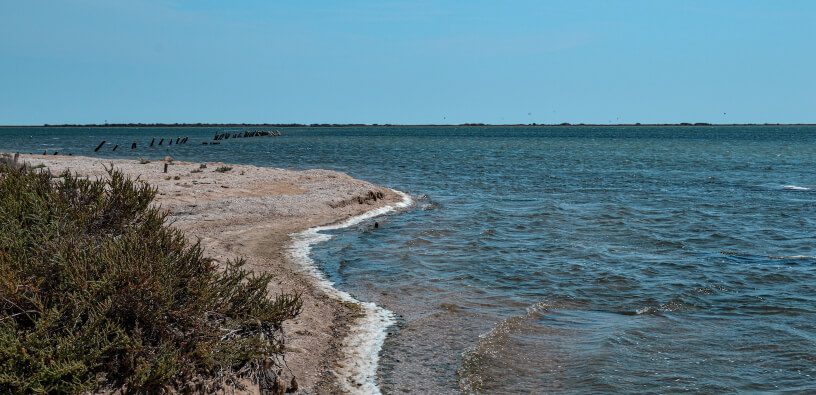
Above all, it is a tool for gathering information that helps us understand the beach system in its entirety. This makes it a multi-scale diagnostics tool that offers not only a global view but also the ability to frequently update geomorphic and morphodynamic indicators for the status of beaches and the coastline, and therefore also a steering tool.
Products for understanding coastal dynamics and shallow bed bathymetry are used to characterize coastal erosion threats.

This, coupled with the characterization of issues, can be used to assess a shore’s vulnerability or risk of exposure to coastal erosion. This is the most recent level of our Space for Shore service, equipping local authorities and government departments with the most up-to-date information possible on the vulnerability of coastal towns to erosion.
i-Sea participe en Guyane aux actions d’observation de la dynamique des bancs de vase pour le compte de l’Observatoire de la Dynamique Côtière (l’ODyC) piloté par la Préfecture de Guyane et le BRGM.
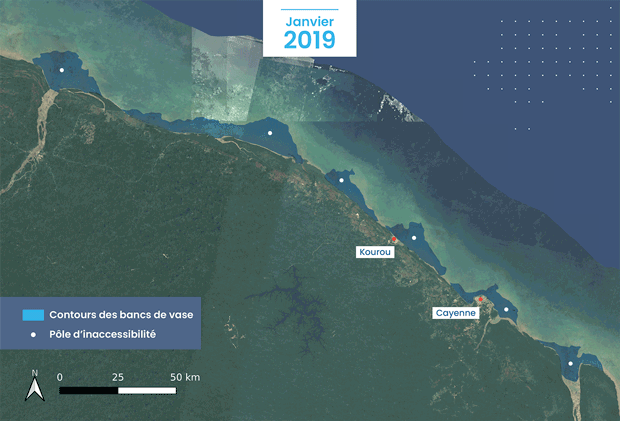
In French Guiana, i-Sea is involved in various actions to observe mud bank dynamics on behalf of the Observatoire de la Dynamique Côtière (Coastal Dynamics Observatory/ODyC), under the steering of the Guiana Prefecture and the Bureau de Recherches Géologiques et Minières (Geological and Mine Research Office/BRGM).
Scientists in French Guiana have long used satellite remote sensing for this purpose, as in the 2010-2012 INFOLITTORAL project, for example, which i-Sea’s founders were also involved in. In 2020, the Copernicus Challenge (FPCUP EU-funded/Caroline Herschel, CNES steering) triggered the launch of mud bank surveillance, which has continued in a partnership between i-Sea and the French Guiana’s BRGM.
i-Sea has directed the European Space Agency’s ESA Coastal Erosion programme since 2019.
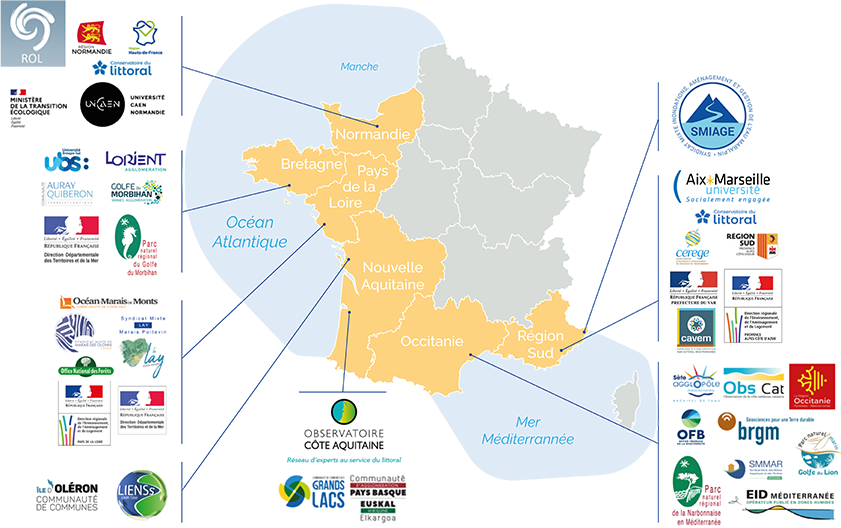
This ESA/EOEP-5 backed project has made it possible to mature products from i-Sea and its partners, and to create prototypes for a range of services tackling coastal erosion for six member countries (France, Germany, Norway, Portugal, Greece and Romania).
• A retrospective over more than 25 years produced from satellite archives;
• 4,500 km of European coastlines covered;
• More than 50 organizations brought together in the Space for Shore community.
See all the results and deliverables from the ESA Coastal Erosion programme here.
